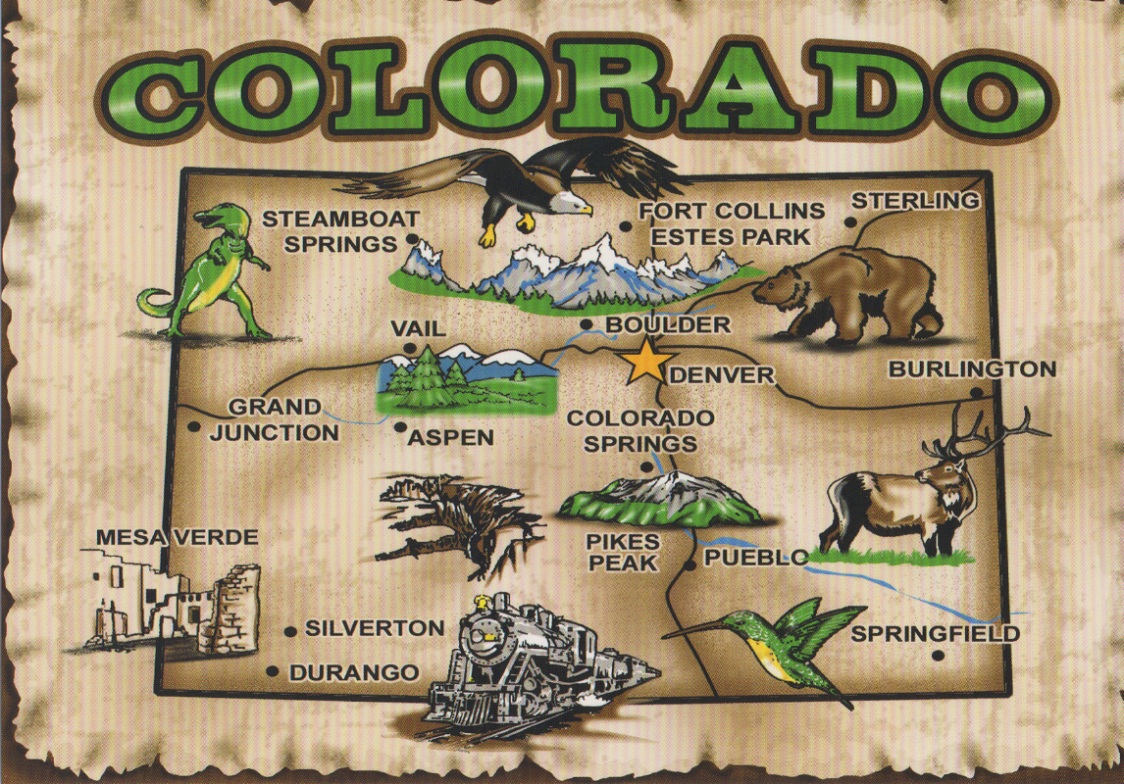
With the wildfires in Colorado there are a lot of things that need to be looked after when the fire is finally put out, and water source is one of those things. We’ve talked a lot about water here before on Indy Beers, and this is another story in which water is the chief interest.
Runoff from the burn area is likely to alter the flavor of tap water taken from the Poudre River, and the beer brewing process isn’t able to filter those flavors out of your Fat Tire.
New Belgium Brewing is entirely at the mercy of Fort Collins’ water treatment plant when it comes to the viability of its business, and the speed with which the High Park Fire burn area is restored is vital to the brewery’s future, said Jenn Vervier, New Beligum’s director of sustainability and strategic development.
“The health of the watershed equals the quality of our beer,” she said.
Rain runoff from the burn area has caused a spike in iron and manganese in the river, and because of those and other pollutants and treatment for increased algae in the river water, there’s a risk the taste and smell of the city’s tap water could change once the city begins taking some Poudre River water sometime in the next month, she said.
In terms of your Fat Tire or 1554, New Belgium’s chemists have identified six compounds in Poudre River water that could affect the flavor of your beer, Vervier said.
Rainstorms cause turbidity in the Poudre to spike, leading to the change in the water’s flavor. So, to detect those changes, the brewery has set up a regular water tasting regime to determine if the brewery is receiving off-tasting water.
“The most accurate test for compounds is just to taste the water,” Vervier said.
Every time ill-tasting water is detected, the brewery will have to completely shut down for about 24 hours while the water treatment plant mixes more water from Horsetooth Reservoir into its system, providing clearer water to local taps.
The brewery will have to wait at least nine hours for clear water to flow from the city’s treatment plant to New Belgium, and then the brewery will have to flush its entire system out with the clearer water before it can start brewing again.
New Beligum has chosen not to purchase a $1 million filter that could strip out all the bad flavors, she said.
Without the city’s conscientious water treatment efforts and access to Horsetooth Reservoir water, New Belgium could not survive in Fort Collins, Vervier said.
The best way to ensure long term good-tasting water is to restore the watershed, she said.
Source: http://www.coloradoan.com/


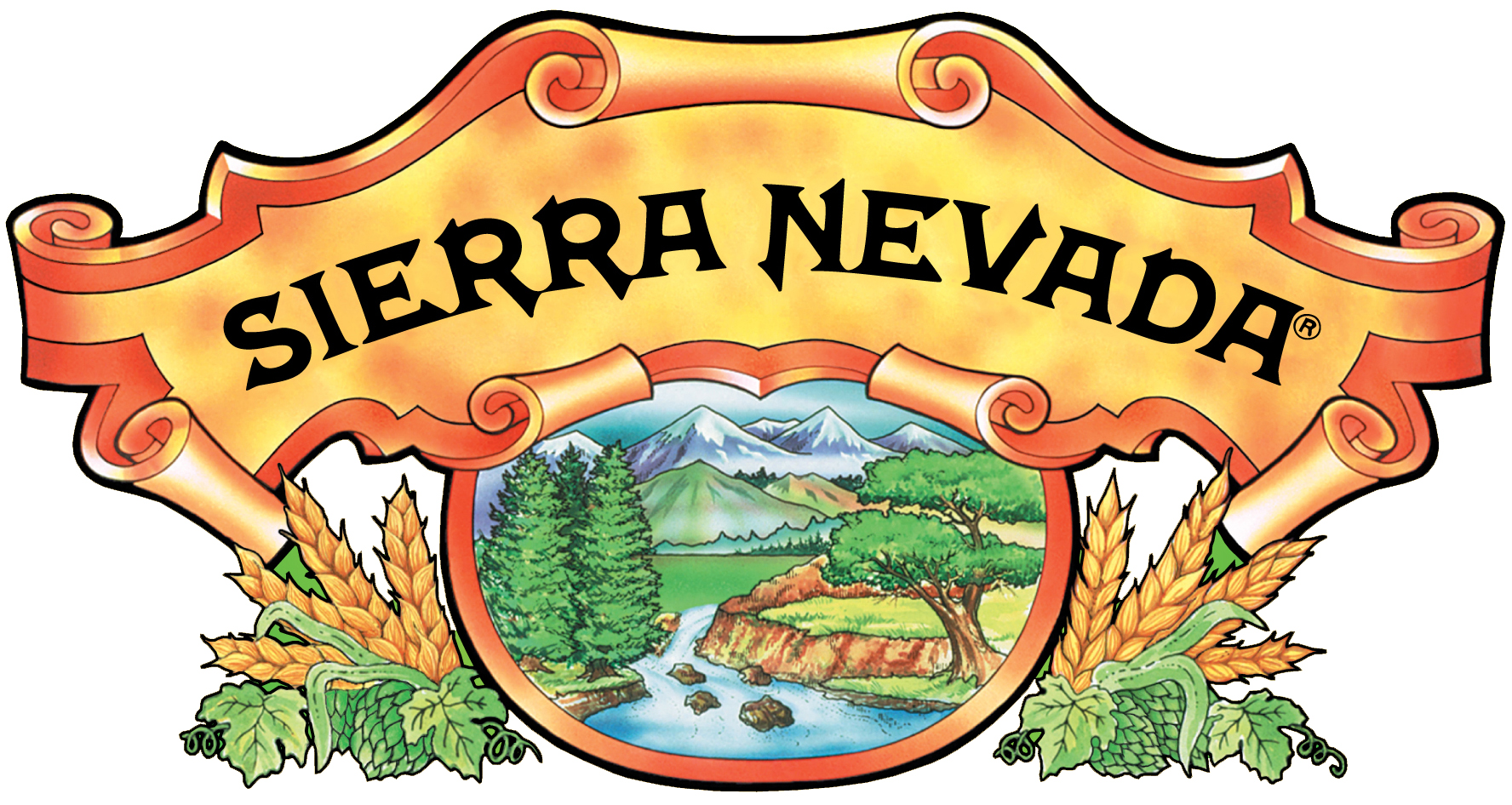


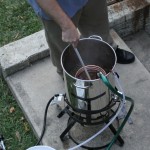
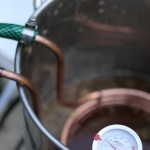
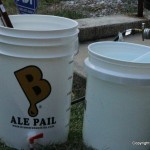
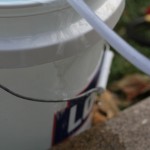
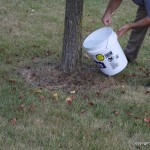
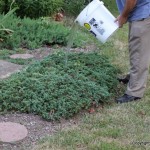
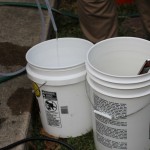


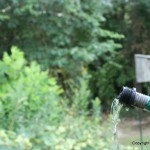
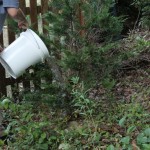
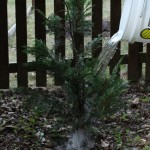
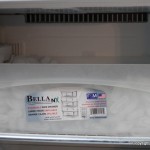




Follow Us!